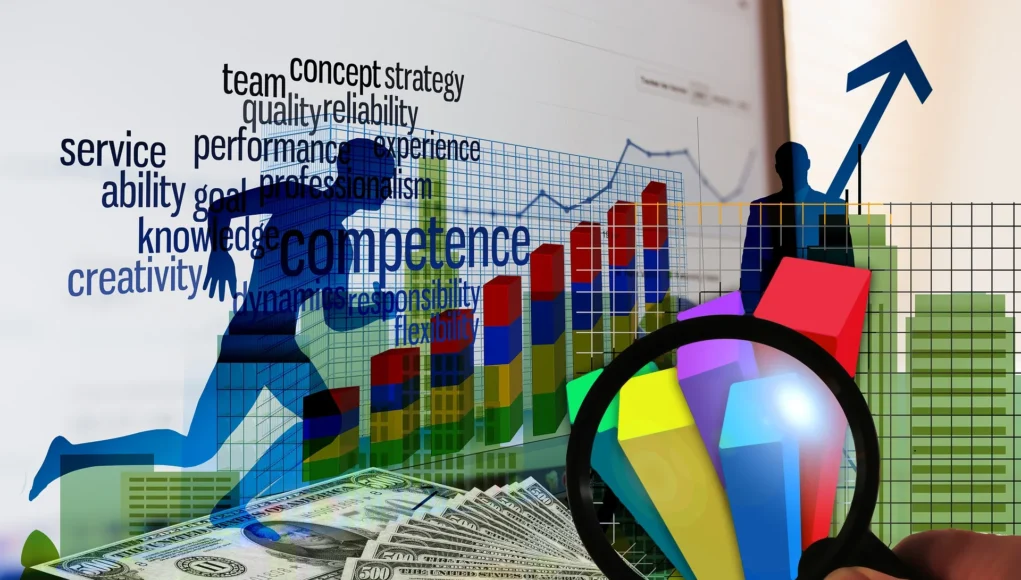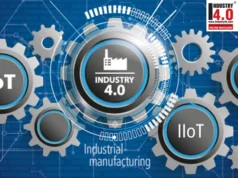The UK-based autonomous robot manufacturer, Tharsus, has released a report predicting the future for robotics for the rest of the year
The IDC predicts that spending on robotics will grow at a rate of 22.8% per year over the next 4 years as technology advancements enable companies to deploy robots in new areas outside of the more traditional industrial manufacturing processes. In parallel, the increased demand is incentivizing innovators in the field to invest in delivering robots that are capable of performing a wider range of tasks.
So with that in mind, and the New Year just beginning, here’s our pick of the robotics trends set to create opportunities for businesses in 2018 and beyond.
- An increase in Co-bots
Collaborative robots or Co-bots are starting to take centre stage thanks to the advancement and cheaper prices of AI and motion-sensing technologies. Such capabilities are making co-bots increasingly smarter, enabling their ability to work alongside and interact with humans better than ever. From adjusting their position to avoid collisions when they sense the presence of a human colleague to machine learning that allows them to be easily trained to do new tasks and the option to redeploy them to a different working environment, it’s no wonder that co-bots are becoming increasingly attractive to businesses of all sizes who are adding them to their operations to assist human workers.
- Artificial Intelligence (AI) Integration
Many people confuse artificial intelligence and robotics as the same thing. A robot is a machine that can be pre-programmed to carry out a specific task or tasks, if you add Artificial Intelligence to that machine, you create an intelligent robot that can provide services to humans in unpredictable and changing environments. We’re not quite at the stage yet where intelligent robots can handle any task but what they are good at is doing a single task really well by processing and analysing reams of data far more quickly than a human brain could. Therefore, businesses are increasingly using AI to allow computers to understand and respond to queries from customers. At the same time, financial institutions are using automation to deal with increasing volumes of data. As artificial intelligence programs become less expensive to produce and easier to implement, we expect we’ll see many more new start-ups, numerous business applications and consumer uses coming to the fore.
- Mobile autonomy
The concept of autonomous cars has been around for a long time, with many of the large car manufacturers already researching, developing and testing autonomous cars. But mobile autonomy is not just for transporting people. Mobile robots, through autonomous self-guiding vehicles are expected to grow vastly in the coming years as these increasingly complex machines become more and more capable of performing challenging tasks in our daily environments. Capabilities in environment perception, localisation, mapping and motion planning are complex but they’re becoming increasingly more necessary as robots are deployed in warehouses, fields, airports, hospitals and the like. From warehouse goods retrieval to fruit picking or room service, mobile robots that act autonomously to move through a real world environment to perform it’s tasks are expected to grow at an annual rate of 70% by 2020 according to the IDC.
- Cloud robotics
According to the IDC by 2020, 60% of robots will depend on cloud-based software to define new skills, cognitive capabilities and application programs.Think the film, The Matrix, where characters downloaded new skills from a computer to enable them to carry out unfamiliar tasks such as flying a helicopter. While this capability is still in the realm of science fiction for us mere mortals, for robots it is entirely possible. Currently, every task a conventional robot completes requires a significant amount of processing power and pre-programed information, not to mention the powerful computers and batteries required to operate them. If all of that information was stored on the Cloud, it would enable robotics to be lighter, cheaper and ultimately smarter and thus more appealing and more attainable for businesses and consumers alike. What’s more, the widespread use of a robotics cloud marketplace whereby developers could upload their programs to be integrated into existing robots or used to create entirely new ones is only a matter of time. The possibilities are endless!
- Robotics as a Service (RaaS)
Robotics as a Service (RaaS), is a new business model where robots are offered as a service rather than as a product. While still in its infancy, RaaS is quickly growing into a multi-billion dollar industry. By offering highly adaptable robotic solutions for rent, RaaS providers enable companies to avoid large capital investments in robotics while still being able to take advantage of the benefits robotics systems can offer businesses such as increased productivity, reduced costs and allowing the human workers to focus on more value-add tasks. At the same time, the service provider can invest in and keep up with the latest technologies, while spreading their expenses out over many users.
While these are just a small selection of the trends we foresee in the robotics industry over the coming years, one thing is for sure – robots are here to stay, they are improving fast, and the future is going to look very different because of them.









